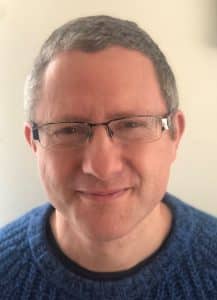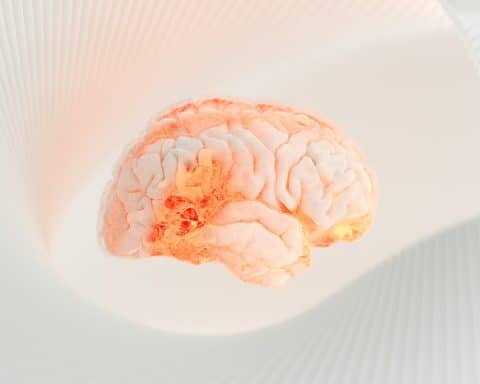 Ben Hoban is a GP in Exeter.
Ben Hoban is a GP in Exeter.
Reality is continuous, but our experience of it is not. The earth turns smoothly, while our lives are split into day and night, work and play, sickness and health. Life is measured out according to familiar patterns and broken up by significant events like illness and pandemics, although it is often hard to see clearly where one part ends and the next begins. Did Covid-19 start when a novel coronavirus was identified in China in December 2019, or with the unknown first case before then; when the World Health Organisation declared a pandemic on 11th March 2020, or when the British government announced a lockdown twelve days later? Did it finish when the last public restrictions in the UK were lifted two years after that, or when the WHO declared the situation no longer to be a public health emergency of international concern in 2023? Even now, people are still catching the virus, sometimes fatally, while others remain bereaved or affected by the ongoing consequences of earlier infection: the line between crisis and normality, event and continuum, is drawn at the level of our perception and behaviour as much as anything more concrete.1
…the line between crisis and normality, event and continuum, is drawn at the level of our perception and behaviour…
Where we draw our lines makes a difference. Consider how anything potentially significant is distributed, whether it is disease cases around mobile phone masts, rocket damage to London during World War II, or common symptoms in the general population. If we look for them, it’s impossible not to see cancer hot-spots, suspiciously intact neighbourhoods sheltering spies, and patients with any number of serious conditions. All are likely to be clustering illusions, arising through our tendency to collect samples selectively, to divide up reality on the basis of what interests us rather than just letting it be.2
The problem, of course, is that if we are to grasp reality at all, we cannot let it be, but must categorise and name it in order to organise and make sense of our experience. We cannot survive without distinguishing between what is food and not food, safety and danger; or thrive without making a thousand other more subtle distinctions. It is therefore necessary on a daily basis that we cut across the grain of the world rather than simply running our hands along it, and yet with every stroke of the saw, we lose not just a little sawdust, but a little of our capacity to think in terms of the whole as well as its parts. We start with a tree and end up with timber.
Reductionism is a core feature of the scientific method, which in the case of medicine involves breaking down people into organs, organs into cells, and cells into molecules in order to understand them better. It has also come to involve isolating an individual from the dramatic arc of their life, stripping their story of context and disallowing any kind of meaning other than a strictly medical one: this is normal, that’s abnormal; next patient please. The line between sickness and health is often indistinct, however, and in order to see it more clearly, it is essential that we look at the whole as well as the parts of someone’s experience. The word health originally connotes wholeness, but its pursuit has come more and more to result in fragmentation; the fact that we can recognise integration as a function of general practice concedes the tendency of orthodox medicine to dis-integrate people.3
…the fact that we can recognise integration as a function of general practice concedes the tendency of orthodox medicine to dis-integrate people.
A purely reductionist approach is inherently dehumanising, addressing the substrate of someone’s life rather than the life itself; unless doctor and patient also meet as fellow human beings, the results may be disappointing. And yet, whole-person medicine and continuity of care are not important because they add value to a strictly biomedical approach, but because patients are already whole people with continuous lives, and any approach that fails to recognise this necessarily falls short, offering at best an approximation of good care, and at worst a travesty of it. Rather than asking ourselves how much continuity we need in medicine, we should be considering how much discontinuity we can tolerate.
There is a tension, then, between viewing someone as a whole person, an individual capable of telling their own story, and as a collection of generic parts, whose malfunctions are best interpreted by experts. If we want to practise a mature, balanced sort of medicine, rather than one that sorts life into simple categories and only takes note of what can be counted and measured, we will never fully resolve this tension. We would do well, however to look around us at the context in which we meet our patients, to note the continuity between one part of their life and another, and between ourselves and them, and sometimes to prefer listening and understanding to doing. A little sawdust here and there is inevitable, but too much, and one day there will be no more trees.
References
1. Robertson D and Doshi P, The end of the pandemic will not be televised, BMJ 2021;375:e068094
2. Howard J, Cognitive errors and diagnostic mistakes: a case-based guide to critical thinking in medicine, Springer, 2019
3. Pereira Gray D, General practice — the integrating discipline, Br J Gen Pract 2023 DOI: https://doi.org/ 10.3399/bjgp23X734697
Featured image by Photo by Andrik Langfield on Unsplash






